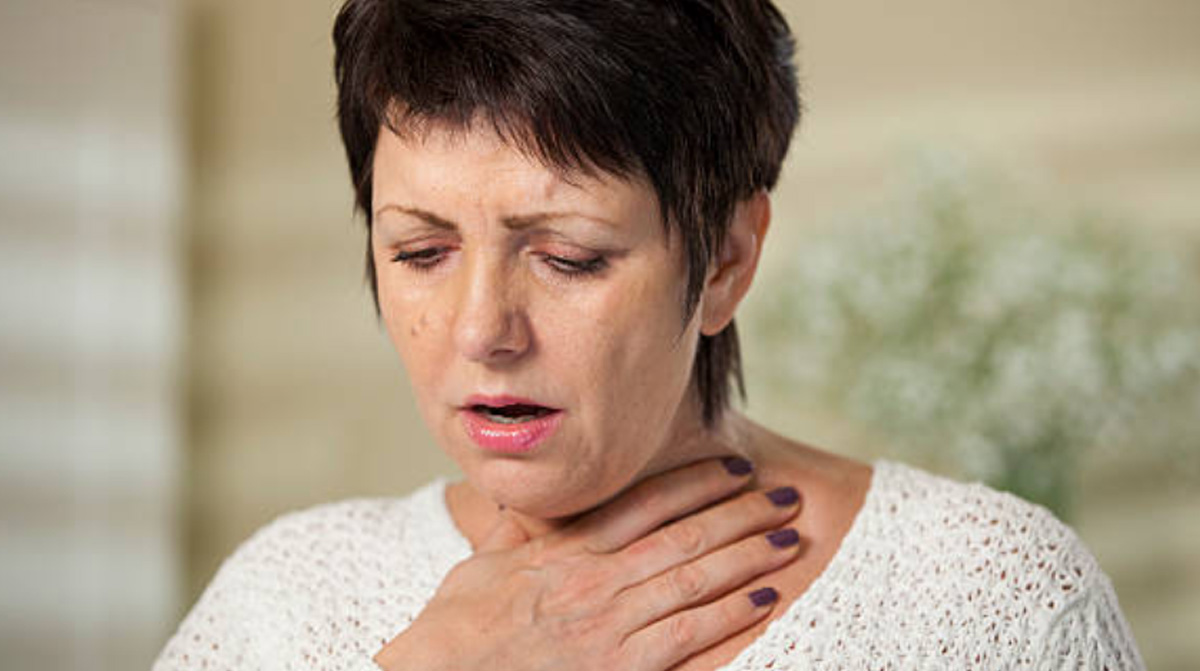
What are the symptoms of mold allergies? In most cases, these allergies are caused by exposure to fungi spores. These spores can get into the nose and lungs, and trigger an immune system response. The immune system responds by releasing histamine, the chemical that is responsible for many allergic symptoms.
You should avoid being exposed to mold if you have any allergies. To prevent the occurrence of mold allergies, take a few simple precautions.
Many people experience various symptoms of mold allergy. These can range from mild to severe. Symptoms of mold allergy usually flare up during specific times of the year, especially when the weather is damp. People with this allergy should avoid living in damp, dark indoor spaces or those with poor ventilation.
If you experience persistent symptoms of mold allergy, see your doctor for a proper diagnosis. Mold allergy is very common in our homes and most people are at some risk for it.
To diagnose a mold allergy, a physician must conduct a skin or blood test. The physician will look for certain signs of the disease, such as swelling and a red, itchy rash. In addition to this, the physician will want to see where the mold is located in the home.
Symptoms of mold allergy can range from mild to severe, and can also involve breathing difficulties, asthma, and other serious illnesses.
